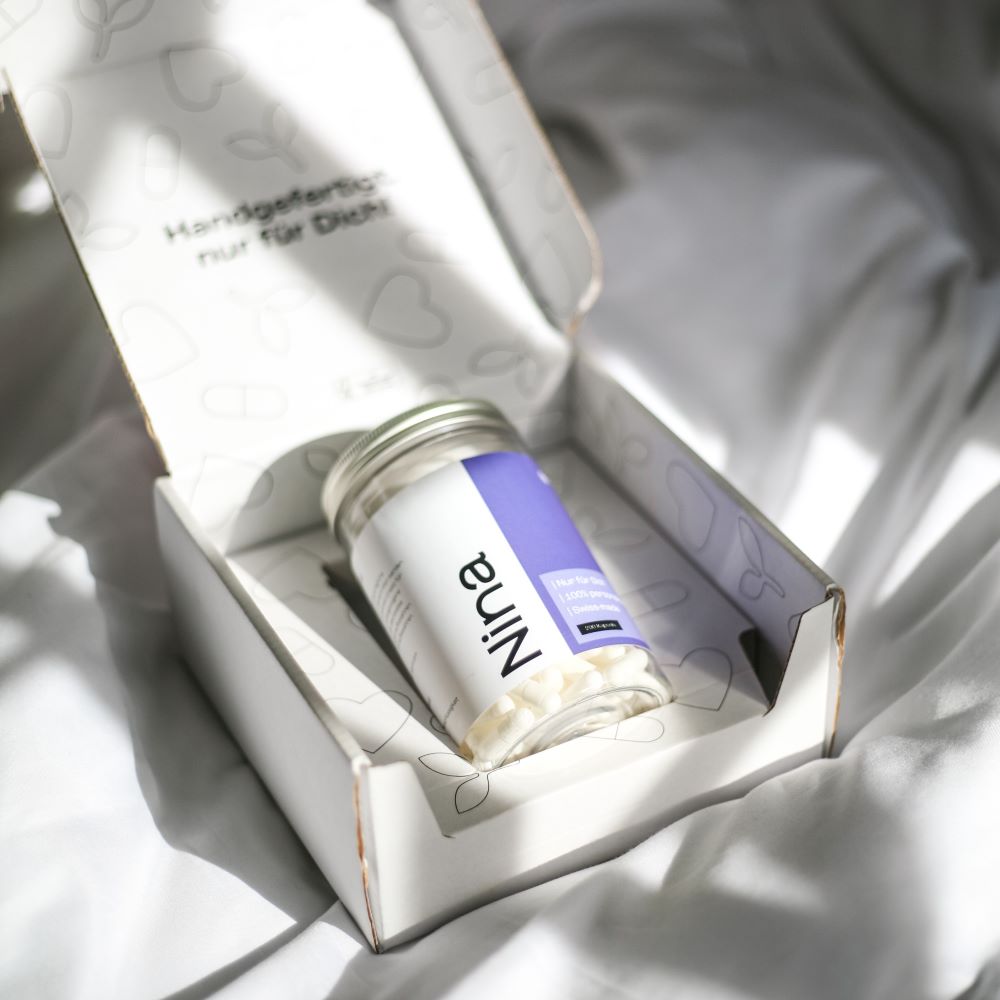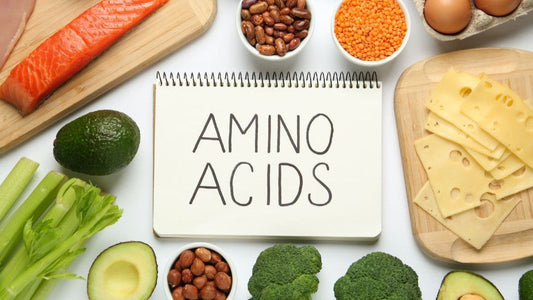Where does green tea come from?
Green tea has its origins in China, where it was cultivated as a traditional drink thousands of years ago. Over time, the cultivation of green tea spread to other regions, including Japan, India and Korea. Each of these regions produces green teas with characteristic flavor profiles that are influenced by climatic conditions, soil conditions and cultivation techniques.
The careful selection of tea leaves and the time of harvest play a decisive role in the quality of green tea. Fresh, young leaves, often harvested in spring, tend to offer a delicate aroma and rich composition.
How is green tea extracted and processed?
The extraction of green tea differs from that of other teas in the minimal oxidation process to which the leaves are subjected. After harvesting, the leaves are carefully dried, steamed or roasted in a pan to stop oxidation. This step preserves the natural compounds in the tea, resulting in a distinctive flavor and health benefits.
The art of green tea production requires precision and experience to preserve the subtle nuances of flavor. Traditional methods meet modern techniques to ensure that every sip of green tea carries the essence of nature.
What are the ingredients of green tea?
The composition of green tea is impressively diverse and contains a range of bioactive compounds. In addition to caffeine and L-theanine, which are responsible for the stimulating and calming effects, green tea also contains polyphenols, particularly catechins. These antioxidants are known to fight cell damage and protect the body from free radicals.
Green tea also contains vitamins such as vitamin C, minerals such as potassium and iron, and amino acids, which underline its nutritional diversity. These natural components make green tea not only a refreshing drink, but also a potentially valuable contribution to daily nutrition.
What are the traditional properties of green tea?
Green tea, a traditional drink with roots in Far Eastern culture, has gained worldwide popularity in recent years. The green leaves of the Camellia sinensis plant, from which green tea is made, not only offer a refreshing taste, but also a variety of potential benefits.
- 🤩Antioxidant power: An outstanding feature of green tea is its high antioxidant content. These molecules play an important role in the fight against free radicals that can form in the body and cause cell damage. Green tea is often considered a natural way to help the body defend itself against oxidative stress.
- ⚖️Green tea for your metabolism: Research suggests that green tea can boost your metabolism. The caffeine content in green tea can increase energy levels, helping to support weight management goals. However, it is important to note that the effect can vary from person to person.
- 💪Energizing effect and more: Green tea contains a moderate amount of caffeine, also known as teein in the tea world. Compared to coffee, the caffeine content in green tea is lower, but sufficient to produce stimulating effects. The average caffeine content varies depending on the type of green tea and brewing method, but is generally between 20 and 45 milligrams per cup.
Mechanism of action of caffeine/teein:
Caffeine or teein is a stimulant that acts on the central nervous system. It temporarily blocks the effect of adenosine, a neurotransmitter that signals tiredness. This blockade makes you feel more awake and alert. The invigorating effect of caffeine in green tea usually occurs more quickly than with coffee, as it is mitigated by other substances contained in the tea, such as L-theanine.
Synergies with L-theanine:
The L-theanine content in green tea works in synergy with caffeine. L-theanine has calming properties and can balance the stimulating effects of caffeine. This combination results in a gentle energy boost, without the jitteriness or abrupt crash sometimes associated with highly caffeinated beverages.
Taken in the right amounts, caffeine/teanine in green tea can have positive effects such as concentration, energy and even weight management. However, it is advisable not to take the last capsule after 17:00 to ensure a good night's sleep.
You might also be interested in this:




